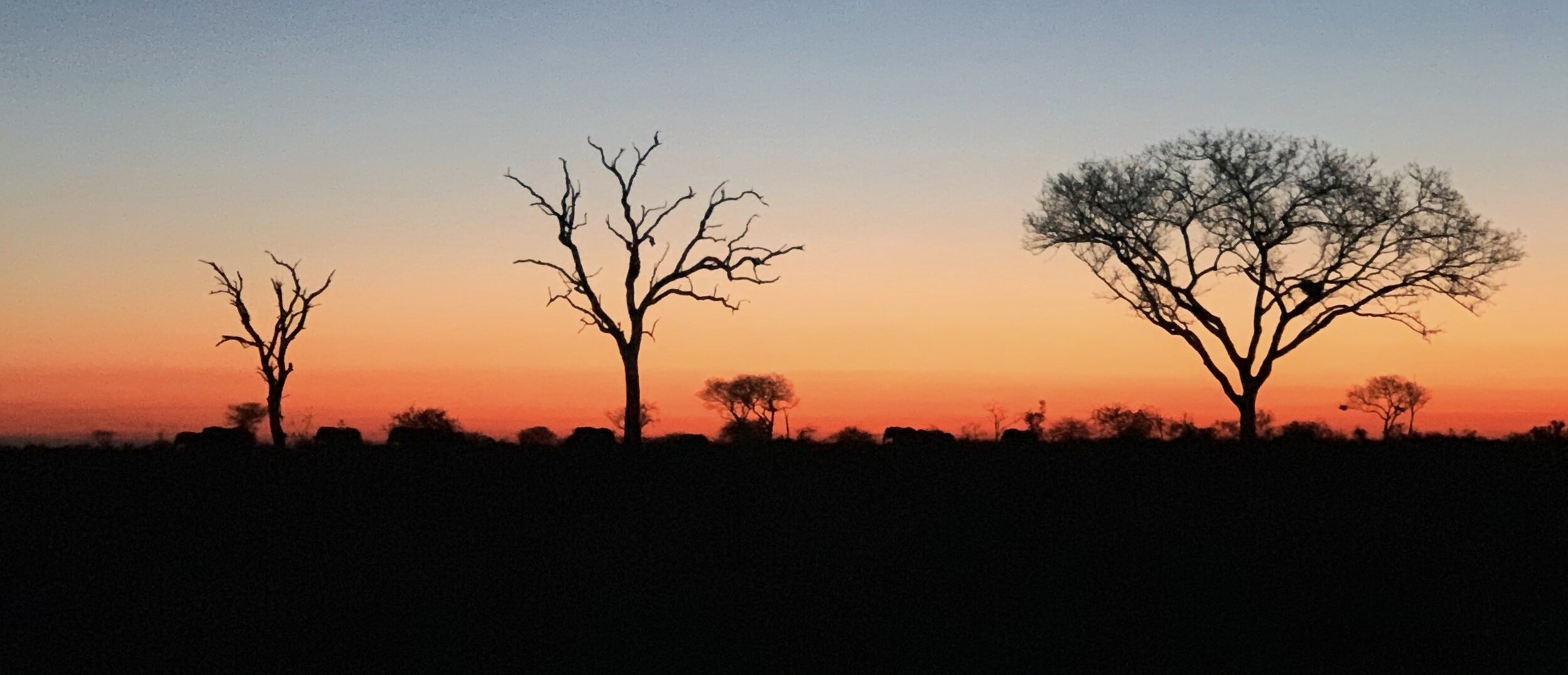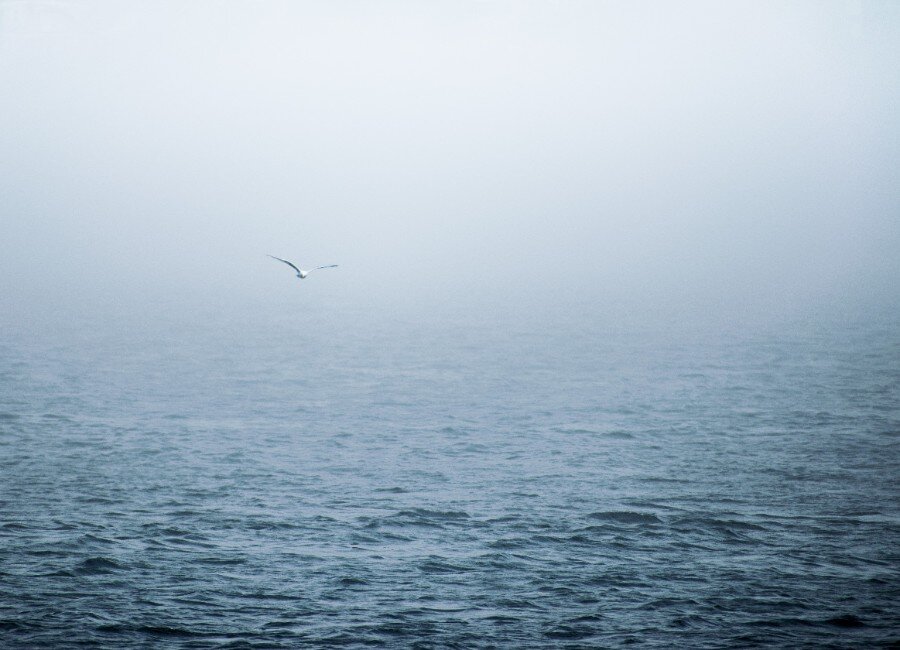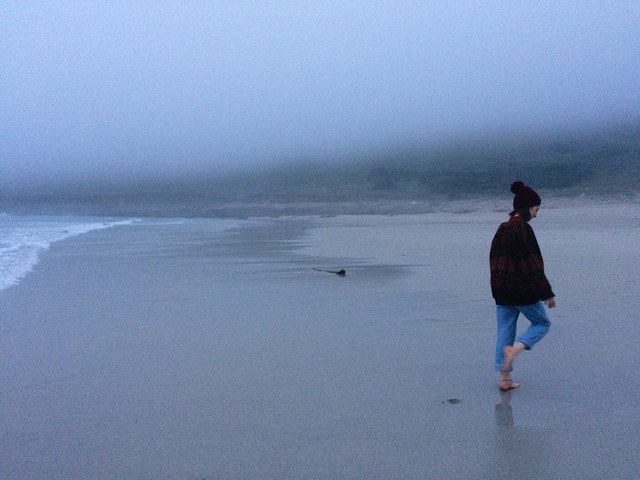A place of everyday magic – Lough Owel
/By Hannah-Louise Dunne:
Here in the middle of Ireland, there is a lake that shines bright as a blue button in the darkest of winter days. When I was younger – much younger that is – it acted as the backdrop to long lazy summer days for my sisters and me, where we jumped off the jetty and took turns in paddling friends out to a waiting buoy on our battered surfboard.
It’s the place where I first splashed around as a toddler, and where, years later my youngest sister tested her nerve as a 3-year-old when she took a long-running jump into the deep water from the jetty. Her armbands abandoned on dry land, we watched in shock as she sailed through the air, curls flying in her wake and surfaced victorious before doggy-paddling to shore.
Many years previous to that, the lake set the scene for the dramatic drowning of the Viking, Turgesius, dispatched to his fate by the powerful King of Tara, Máel Sechnaill mac Máele Ruanaid, in 845. Captured for posterity in the Annals of Ulster, the dramatic event is recalled today in the name given to the nearby Captain’s Hill, which overlooks the shore of Lough Owel, down which Turgesius is said to have rolled to a watery grave.
Local folklore recalls a more magical past, in tales of a betrayal between two sister witches. Legend has it that one sister loaned her favourite lake from Connacht to the other sister in Leinster, only to find that her sister refused to return the lake to its rightful home.
Elsewhere, ruins of an old stone church on the lake’s Church Island are evidence of a more devout history. Once called Inis Mor, it’s said to have been home to the monastic St Loman, who centuries ago survived on his lone outpost by eating edible herbs grown on the island’s fertile ground.
Whatever its origins, there is no denying the lake’s everyday magic, where fresh springs bubble underground to keep the water bright and clear and well-fed trout dart here and there, leading local fishermen on a merry dance around the water. While the addition of tiered diving boards to the lake offered generations of swimmers the ideal spot to cool off in the summer, and nowadays, to test their mettle in the cooler months.
But at 18, its appeal was lost to me. Back then, conceding to the pull of the lake’s cool waters meant failing in a bid for independence. So, placing its beauty firmly in my rear-view mirror, I headed for the freedom of life as a student in Galway. Nights out at Cuba, racing into lectures with the Galway rain rising in damp clouds of steam above my head, and working a variety of part-time jobs across the city kept me busy and distracted from what I’d left behind.
Visits home were rushed and infrequent, and with the focus of youth on remaining stubbornly indifferent to the hold that places you love can exert on you, the next decade and a half were spent trying out new places to call home. A stint abroad where I found myself drawn to a city intersected by water in the form of winding canals, and later a move to Dublin, where years later, life led me eventually closer and closer to the sea.
As it turns out you see, places you love stay with you always, revealing themselves in the most unexpected moments.
They are there in the re-discovery of the joy of wild-swimming, of immersion in the open water. In the feeling of perfect harmony when you surface and swim under a clear blue sky.
There over Christmas on a trip back home, when months spent in various stages of lockdown in the city put the wide-open spaces, the everyday magic of the lake, in sharp focus.
Where the unusually bright winter weather crafted an otherworldly backdrop to daily swims as dropping temperatures transformed the fresh water into cold silver sheets of ice, stretched out along either side of the diving boards.
Bathed in bright winter sun, we dipped our toes – and then our whole bodies – into the thrill of ice-swimming, marvelling as we swam alongside great floating sheets of ice underneath the winter sun.
Afterwards, groups of plump robins hopped from branch to branch as we dressed, darting closer and closer, in search of tasty treats.
It is there now for you to visit on your next trip across the country. And there for me too, when I return.
***
Hannah-Louise is a former journalist, turned advertising executive, and writer, who is interested in the way our past and present intersect to form and shape us. She has written about family, places she loves, and formerly, celebrity culture, for national press publications, and is currently building her first long-form fictional work. You can follow her on Medium, or catch her searching for calm waters to swim in around Ireland.





















